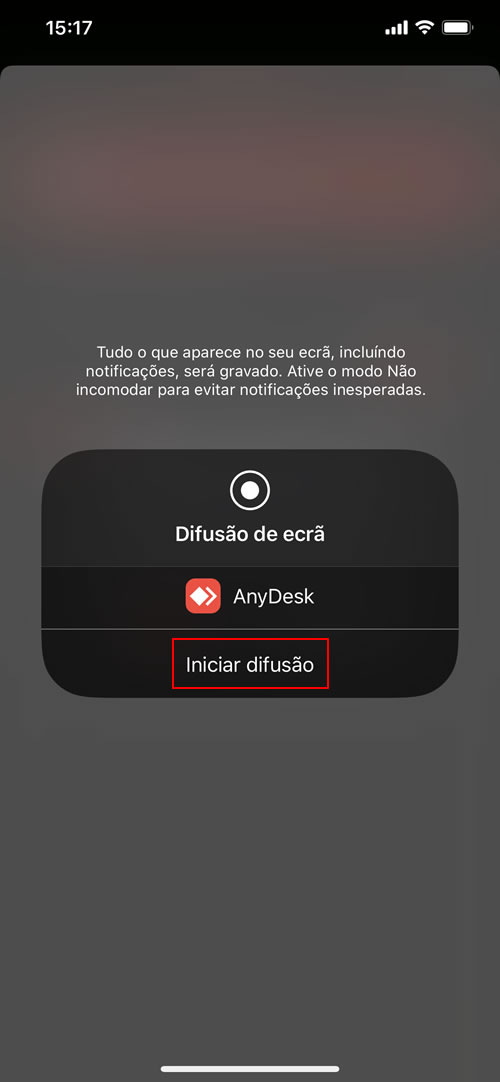

It is likely that specific settings have to be changed in the systems BIOS/UEFI, this should only be done by an experienced system administrator. Wake-over-WiFi needs the same setup in the BIOS/UEFI and a WiFi Router that supports it.For desktops: Towards the center of the window under Computer sleep and Display sleep sliders, check the "Wake for Network access" box.For laptops: Select "Power Adapter" tab, check "Wake for Wi-Fi network access" box (your Wi-Fi router needs to support this feature).Click on "Energy Saver" located at the second row of icons.Uncheck the option "Turn on fast startup".Set “Allow this device to wake the computer” and “Only allow a magic packet to wake the computer” to enabled.Scroll down in the list to find “Wake on Magic Packet”.Right mouse click on the network card and go to Properties.Find Power Management menu and Wake-On-LAN option there.Enter BIOS Settings at the startup of your PC (usually by pressing Del or F1).

These are settings specific to the operating system in use, e.g. The device can only be woken up if at least one of the devices in the list is online. Using this option, AnyDesk will automatically ping random AnyDesk clients on the same direct local area network as the device to be woken up and request them to send a wake-up packet to the target device.Įnabled, but wake your device using the following desks onlyĪnyDesk ID(s) from devices in the local network can be set up here. AnyDesk Wake-on-Lan settings DisabledĪctivated by default. The operating system settings need to be set up properly and lastly, Wake-on-Lan has to be enabled in the motherboards BIOS/UEFI settings. Wake-On-LAN has to be enabled in the remote AnyDesk client's settings,


 0 kommentar(er)
0 kommentar(er)
